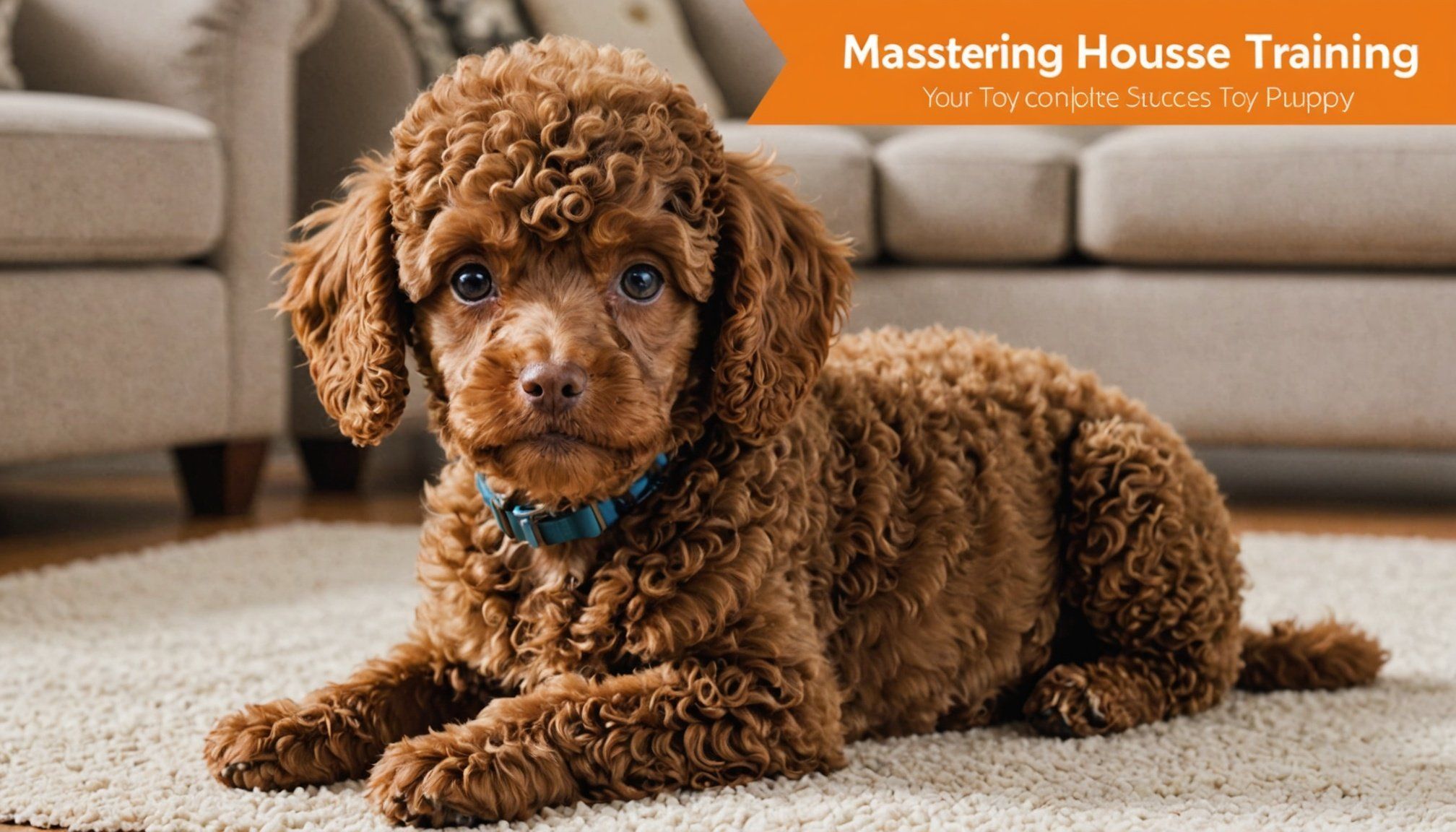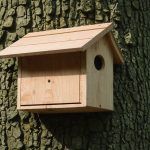Understanding the Housetraining Process
Embarking on a successful housetraining journey with a toy poodle can feel daunting, but breaking it down can provide clarity. The housetraining timeline for toy poodles is generally about 4 to 6 months. During this period, a consistent routine is vital. Puppies respond well to a schedule, as it helps them understand when it’s time to eat, play, and of course, go outside.
Various factors influence housetraining success, including the puppy’s age, personality, and previous experiences. Puppies, much like humans, have different speeds of learning and adapting. Patience and consistency are key. Some toy poodles may grasp the concept within a few weeks, while others need more time.
Dans le meme genre : The definitive handbook for tailoring the ideal diet for your pomeranian with a sensitive stomach
Recognizing the signs that your toy poodle puppy needs to go outside is crucial. Common signs include sniffing the floor, circling, or suddenly stopping play. Paying attention to these behaviors helps prevent accidents indoors. Incorporating positive reinforcement by using treats or praises when they successfully go outside will encourage their behavior.
Consulting a detailed housetraining guide tailored for toy poodles can further streamline the process, fostering great results. Understanding puppy behavior and keeping a close watch can ease the housetraining ordeal, making it a rewarding experience.
A lire aussi : Designing a hair-friendly sanctuary: key strategies for allergic households with a portuguese water dog
Preparing for Housetraining
Successfully housetraining a puppy begins with careful preparation and using the right training tools. Having essential supplies at hand is crucial. Here’s a quick rundown of what you need: absorbent puppy pads, a secure leash for control during bathroom breaks, and enzymatic cleaners to tackle any accidents. These tools not only aid the training process but also protect your home.
Designating a specific potty area is another vital step. Choose an outdoor spot that your puppy can consistently access. This location should be easily identifiable and away from distractions. Such consistency helps the pup associate the place with bathroom activities, facilitating faster learning.
Setting up a routine is equally important. Develop a schedule that incorporates regular bathroom breaks, preferably after meals, naps, and playtime. Puppies thrive on routine, and by sticking to a regular timetable, you not only prevent accidents but also reinforce positive habits.
Puppy-proofing your home ensures a worry-free training environment. Remove hazards that could hinder training, like electrical wires and small objects. Establish areas for your puppy to stay when unsupervised, such as playpens or crates.
These preparatory steps combined with patience and consistency will lay the foundation for effective housetraining preparation.
Step-by-Step Housetraining Techniques
Housetraining a puppy successfully involves a few key techniques and a firm understanding of puppy behavior. Employing these methods can lead to effective and stress-free training. Here, we delve into essential practices like creating routines, using crate training, and applying positive reinforcement.
Creating a Routine
Establishing a consistent routine is fundamental to successful housetraining. Puppies thrive on regularity, which helps them anticipate what comes next. Set specific times for feeding, bathroom breaks, and play to create a structured environment. By aligning these activities, puppies quickly learn when it’s the right time to relieve themselves, reducing accidents.
Using Crate Training
Crate training is a valuable tool for housetraining. It uses the natural instinct of dogs to keep their sleeping area clean. Select a crate size that allows the puppy to stand, turn around, and lie down comfortably. Gradually introduce your puppy to the crate with positive associations, making it a comfortable and secure space.
Employing Positive Reinforcement
While housetraining, positive reinforcement is crucial. When your puppy successfully eliminates outside, immediately reward this behaviour. This can be through verbal praise, treats, or playtime, reinforcing the association between the action and the reward. Proper use of puppy commands like “go potty” further aids understanding and improves response consistency.
Common Challenges and Solutions
Housetraining a puppy, especially toy poodles, often presents unique challenges. Understanding these issues allows owners to troubleshoot effectively. A frequent housetraining challenge involves misjudging the puppy’s bladder capacity. Puppies, particularly toy breeds, have small bladders, necessitating frequent bathroom breaks.
Another common mistake is inconsistent training. Regular routines help in developing habits. When training schedules are erratic, puppies might struggle to grasp housetraining cues. Identifying and rectifying these pitfalls early is essential. Strategies such as using consistent commands and rewarding successful bathroom trips can mitigate many difficulties.
Puppy mistakes like accidents indoors are inevitable. It’s crucial to react calmly, using positive reinforcement methods rather than punishment. Cleaning the accident thoroughly is important to remove any scent markers that might encourage repeat incidents. In instances of stubborn behavior or regression, reassessing the approach could be beneficial. Consider incorporating crate training, as many puppies respond well to it, seeing the crate as their personal space where they avoid soiling.
Understanding and addressing these troubleshooting points with patience and diligence leads to successful housetraining. With time and consistent effort, even the most robust challenges can be transformed into victories.
Breed-Specific Considerations
Understanding toy poodle characteristics is essential for effective housetraining and overall training success. These small yet vibrant dogs are known for their intelligence, which greatly influences how they learn and adapt. Toy poodles possess an innate curiosity and willingness to please, making them responsive to positive reinforcement and structured routines.
When considering breed traits, it’s crucial to note that toy poodles also have a high energy level, despite their small stature. This trait means they require mental and physical stimulation to prevent boredom, which can lead to behavioural issues. Incorporating play and varied activities keeps them engaged and more receptive to training tips.
Tailoring training techniques to match the unique toy poodle characteristics can significantly enhance your pet’s learning experience. Strategies such as short, fun training sessions can cater to their short attention span. Training tips like consistency, patience, and ample praise can work wonders in aligning with their energetic and excitable nature.
By respecting their intelligence and channeling their energy positively, you enhance the training process. Recognising the significance of these breed traits will not only make housetraining more effective but also foster a rewarding relationship, creating a harmonious home environment.
Progress Tracking and Adjustments
Training a pet requires both dedication and a systematic approach. The monitoring of training progress is essential to understanding your pet’s development in the housetraining process. Different methods such as keeping a behavior tracking log can provide insights into patterns or obstacles your pet may encounter. This log should detail daily routines, mishaps, and achievements, assisting you in recognizing when adjustments are necessary.
At times, merely observing isn’t enough. It’s crucial to know when and how to adapt your strategies. If consistent improvement isn’t observed within a reasonable timeframe, it may be indicative that a change in approach is warranted. Modifying your techniques could mean altering the frequency of training sessions or employing new rewards to encourage positive behaviors.
One of the most vital aspects of successful pet training is patience and consistency. Understand that behaviors won’t change overnight. Maintaining a steady routine and reacting consistently to behaviors helps reinforce learning and fosters a safe environment for your pet to grow and adapt. Remember, gradual progress is still progress. With time, the combination of careful monitoring and strategic adjustments leads to successful and effective housetraining.
Anecdotes and Testimonials
Embarking on the journey of housetraining a toy poodle can be both a challenging and rewarding experience. Yet, hearing housetraining success stories from fellow dog owners can provide invaluable insights and encouragement. For instance, one owner shared her perseverance story: after numerous trial-and-error attempts involving different routines, she finally found success by diligently sticking to a consistent schedule.
One of the most common puppy training tales involves the initial setbacks when transitioning a puppy to a new environment. Many owners have discovered that patience and consistency are key, learning to adjust their methods through observation and feedback from their puppies. An essential lesson from these shared experiences is the understanding that every dog is unique, and sometimes tailoring approaches to fit individual temperaments can make all the difference.
Real-life examples abound with useful tips. For instance, John, an enthusiastic toy poodle owner, discovered that incorporating short play sessions before training greatly increased attentiveness. Many have gained insights from failures as well, realizing that improper timing of commands or a lack of positive reinforcement undermined their efforts.
The cumulative knowledge from these owner experiences forms not only a strong support community but also a practical guide for newcomers. Encouragement often comes from seeing others who have navigated similar obstacles emerge with triumph.
Visual Aids and Resources
Incorporating training visuals in your puppy’s education can significantly enhance comprehension. Visual aids such as puppy training videos can be highly effective, illustrating techniques that words alone might not convey. These videos often provide step-by-step instructions, making it easier for you and your puppy to grasp basic commands or complex routines.
For those looking to step up their game, consider charts designed to track training progress. Such charts are excellent for visualizing your puppy’s achievements and areas needing improvement. They allow you to plot milestones, set goals, and see progression over time, which can be motivating for both you and your furry friend.
Would you benefit from additional resources? Many online platforms offer libraries of educational videos and tutorials tailored to various training needs. Whether you’re focusing on obedience, tricks, or behavioural modification, there’s likely a video out there that aligns with your goals. Additionally, downloadable charts for tracking can often be found on these same platforms, offering a hands-on approach to planning and adjusting training schedules.
Engage with these resources, and you’ll find that both you and your puppy may experience a more enjoyable and effective training journey. The right tools not only make training easier but also more fun.
FAQs on Toy Poodle Housetraining
Toy poodle housetraining is a common area of concern for new pet owners. This section addresses housetraining FAQs to dispel doubts and guide you through your puppy’s early development stages.
Puppy training questions often center around the best age to start housetraining. Generally, it is advisable to commence training between 8 to 12 weeks of age, aligning with toy poodles’ ability to control their bladder. Consistency and patience are key factors in ensuring success.
A frequent common concern is accidents inside the home. This is not unusual and should be approached with understanding. Instead of scolding, reinforce positive behavior by rewarding the puppy when it uses the designated potty area. Such reinforcement strengthens desired patterns, making housetraining more effective.
Misconceptions about puppy behavior, such as thinking toy poodles are naturally stubborn and difficult to train, can hinder progress. On the contrary, with their intelligence and eagerness to please, toy poodles can be quite responsive to structured training methods, making housetraining manageable with the right approach.
For ongoing questions and challenges, several resources offer additional guidance. Engaging with professional trainers, accessing online communities, or referring to credible books on puppy training ensures that you’re equipped to tackle any hurdles throughout the housetraining journey.











